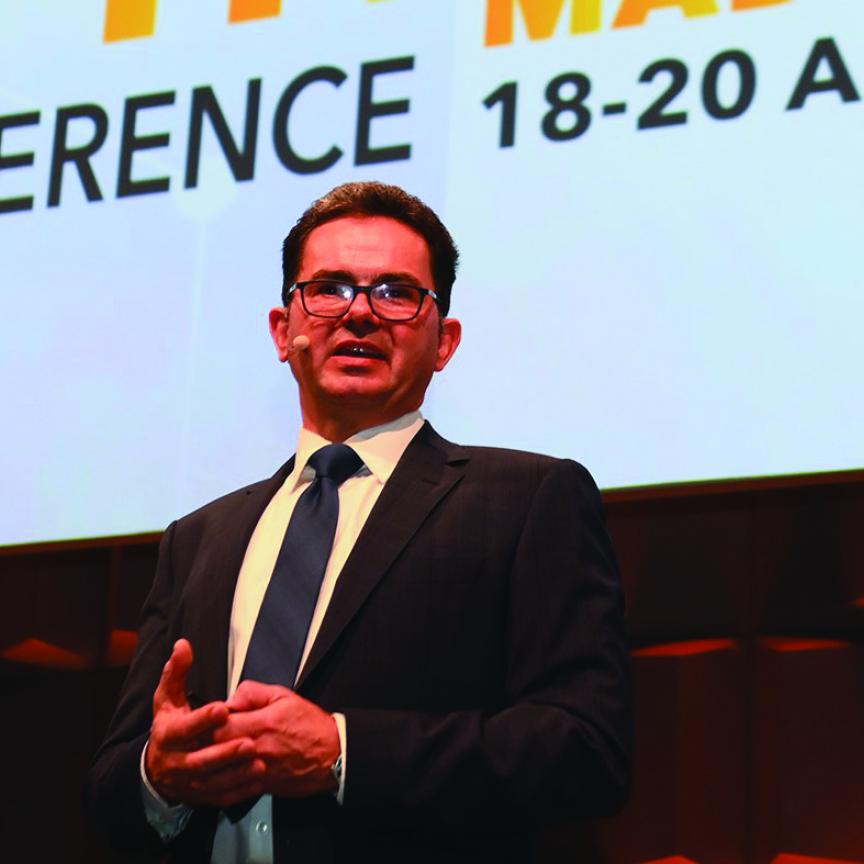Fibre is the best broadband option for consumers concerned about carbon emissions, according to findings from Australasian research firm, Sapere Research Group.
The study was completed by the company on behalf of New Zealand operators Chorus, Enable, Tuatahi First Fibre and Northpower Fibre. It found fibre is the lowest emission broadband technology compared with copper-based VDSL, Hybrid Fibre Coaxial (HFC) and 4G and 5G fixed wireless.
The research used real-world network data to assess the emissions impact of fibre and VDSL. For other technologies, it used a mix of actual and theoretical data. It focused explicitly on broadband connections to homes and smaller businesses. It examined the emissions during the access network use and includes the shipping and disposal of equipment, such as optical network terminals and wifi routers but not the activity in building copper, fibre, HFC or the mobile networks.
According to the report, an entry-level fibre plan that operates at 50Mb/s is up to 41 per cent more efficient than copper VDSL and up to 56 per cent more efficient than 4G fixed wireless. For higher-speed plans, around 300Mb/s, fibre was found to be up to 29 per cent more efficient than HFC, and up to 77 per cent more efficient than 5G fixed wireless. The research clarifies that the emissions profile of fibre stays consistent as speeds increase while the emissions for alternative technologies increase with speed.
There is always more to be done, however, as the emissions research within the study highlighted that equipment in the home is a significant source of power usage for a fibre broadband service, contributing up to 65 per cent of its emissions. There are future opportunities for emissions reduction in fibre networks.
JB Rousselot, CEO at Chorus said he was speaking for all four operators, saying: ‘What this [research] says is that fibre is the most sustainable of the broadband options available today. It will likely continue to be the best option in the future as consumers increasingly demand high-capacity broadband services to do all the things they want online. Our research is a starting point to help consumers better understand the environmental impact of their communications purchasing decisions so they can make an informed choice.”


